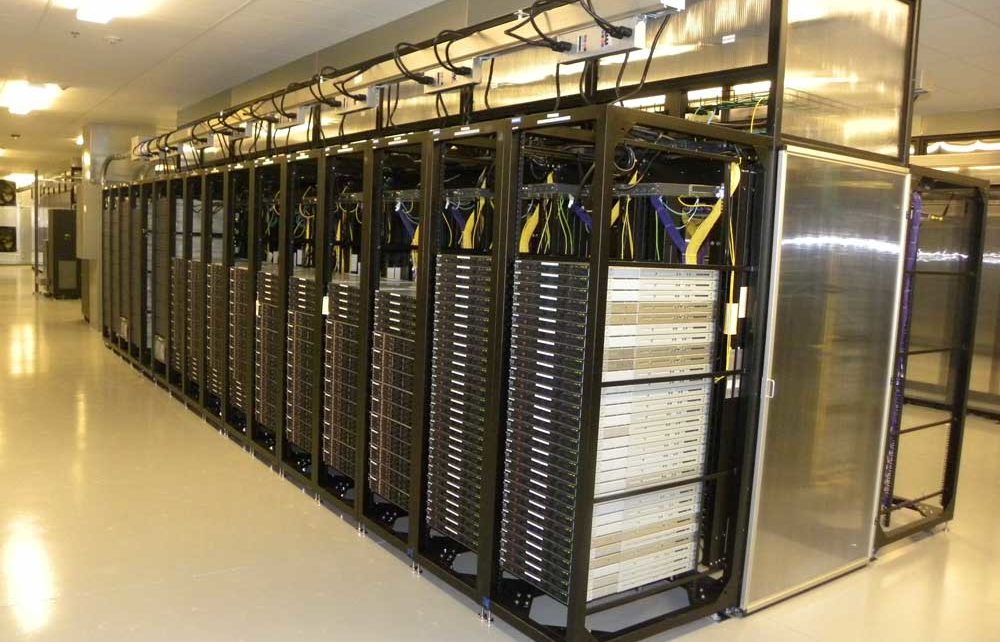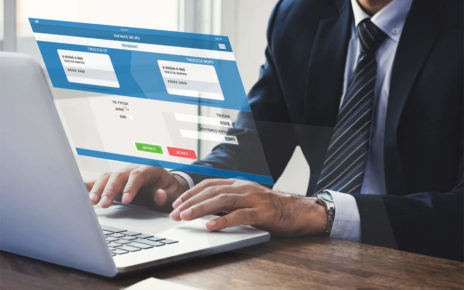Data centers are emerging out to be the top sources of high carbon footprint. The cost of operation for these facilities has soared to the point where energy-saving initiatives have become mandatory. There are a few tips adopted by the architects to lessen the chances of carbon usage and lead the designs towards sustainability.
Digital twin operation
Most data centers now use digital twin designs of servers made up of CFD technology. These are very important, especially when your cooling system design needs a change. With a central design lasting for 10-15 years, the requirement to innovate a data center can arise and that is why the twin operation is needed.
Aisle containment
A very traditional design of the data center can be remodeled to redesigns with aisle containment cooling systems. This system involves the cooler air supply from under a raised floor. The improvement can be witnessed in the circulation system when the hot air vents and the cool air supply systems are segregated significantly. By protecting the cooler air from mixing, the efficiency of the circulation will increase, and so will the costs lessen down.
This new system can lower down majorly two consequences:
- The server overheating led to the CRAC system temperature getting remarkably lowered. This involved the cooling system working harder and increase energy consumption.
- The fans present in the server had to be increased of the speeds that led them to draw in more required air. This again increased energy consumption.
Fitting EC fans
These are another high-efficient cooling means and can easily replace your existing systems. These are located around the perimeter of the data hall or in a service corridor. With variable speed control, they draw more air over the heat exchanger to provide cooler air to not just the hall but to the IT equipment too. The previously well-aerated racks would be even cooler now with this shift in technology. The previously-fitted CRAC fans would seem enough until the advent of the EC fans and your heat-stressed data center will now not face any worries of thermal shutdown. The CRAC system had the dangers of overheating with the chances of high energy consumption. To compensate for that, external chillers made their way into the centers that resulted in high carbon footprints.
Stendel Reich data center architects make sure the design’s cooling system is sustainability-complaint and they are majorly looking after decreasing the energy consumption.





